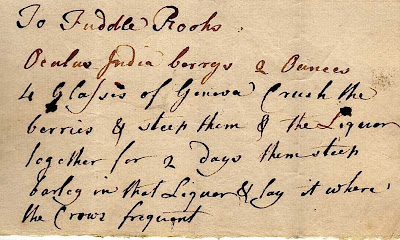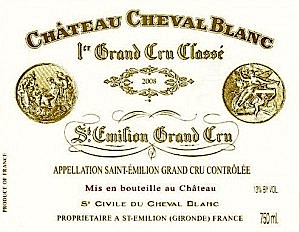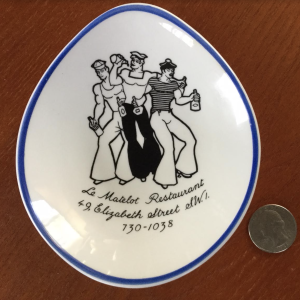From the Vegetarian Handbook (London 1970). The last 8 pages consist of instructions to show to your hosts in hotels and restaurants so that they understand your diet requirements. The style of non meat food is possibly now slightly dated (nut rissoles, vol-au-vents) and even a little joyless, but the leaflet makes pretty sure that the food provider gets the picture. Serious Veggies could well use it, or modify it...We have added the Spanish version and tried to OCR (read digitally) the Esperanto - but it scrambled.
VEGETARIAN FOOD HINTS
FOR CONTINENTAL HOTELS
The following pages, in seven different languages, may be useful to visitors in hotels that do not normally cater for vegetarians. Translation has been kept as literal as possible so that the various items can easily be identified.
Continue reading











